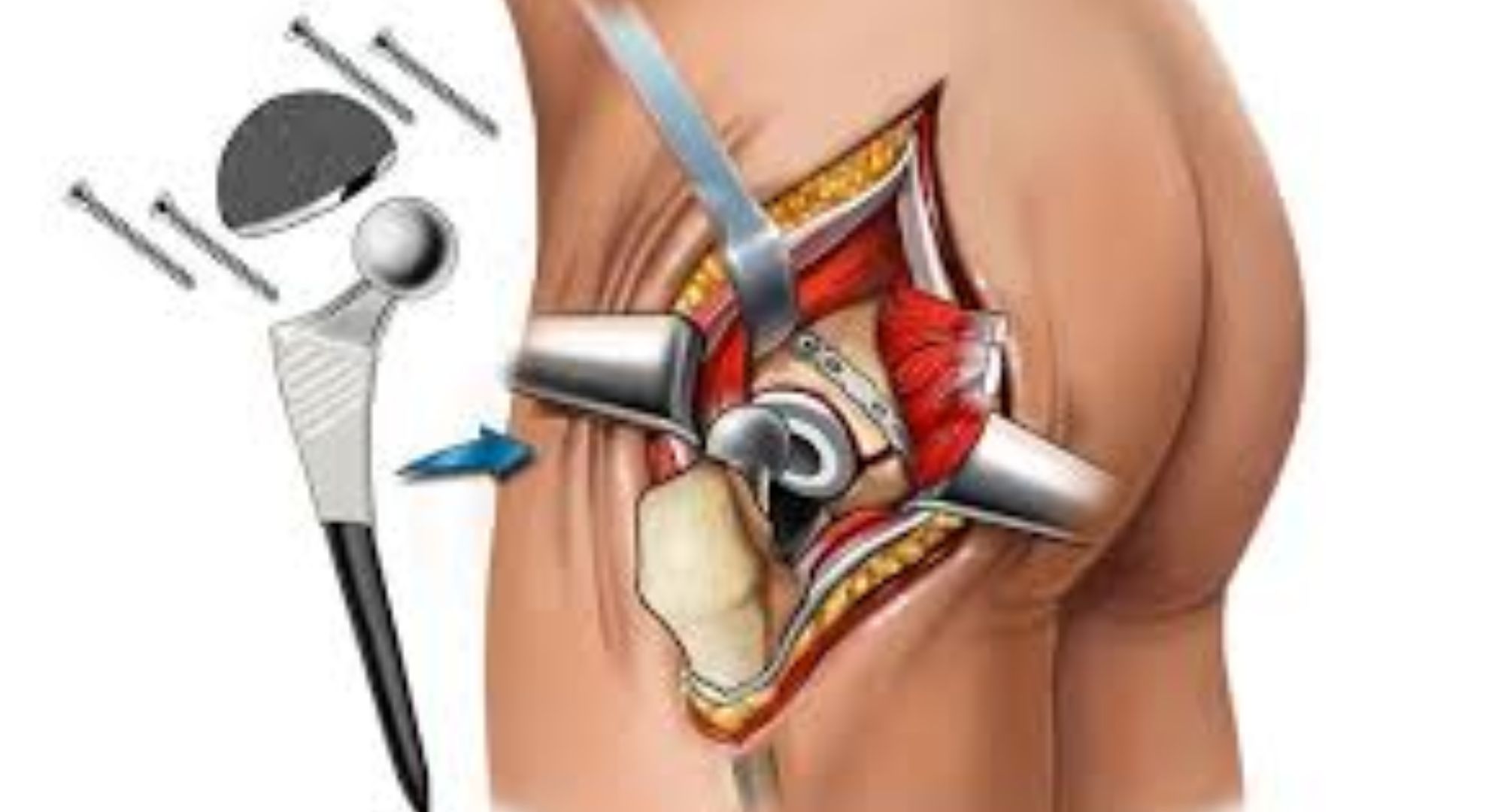
Prostate cancer is one of the most common types of cancer affecting men, especially those over the age of 50. While a diagnosis can be overwhelming, the good news is that prostate cancer is often highly treatable especially when detected early. Understanding your prostate cancer treatment options, how the disease is staged, and what the journey may involve can help you make informed decisions with confidence.
In this blog, we’ll explore the different stages of prostate cancer, available treatment options, and what patients can generally expect during their treatment process.
What Is Prostate Cancer?
The prostate is a small gland in the male reproductive system, located just below the bladder and in front of the rectum. It produces fluid that forms part of semen. Prostate cancer occurs when abnormal cells grow uncontrollably in the prostate.
In many cases, prostate cancer grows slowly and remains confined to the gland, causing little to no harm. However, some types can be aggressive and spread quickly to other parts of the body.
Stages of Prostate Cancer
The stage of prostate cancer plays a major role in determining the right prostate cancer treatment. Staging is based on factors such as tumor size, location, and whether the cancer has spread beyond the prostate.
Stage I – Localized Cancer
- Small tumor confined to the prostate
- Often detected incidentally
- Typically grows very slowly
Stage II – More Noticeable Tumor
- Still confined to the prostate but larger
- May be found through a digital rectal exam or elevated PSA levels
Stage III – Locally Advanced Cancer
- Cancer has begun to spread beyond the outer layer of the prostate
- May involve nearby tissues or seminal vesicles
Stage IV – Metastatic Cancer
- Cancer has spread to other parts of the body such as bones, lymph nodes, or other organs
Accurate staging is determined through imaging tests, PSA blood levels, biopsies, and sometimes bone scans.
Prostate Cancer Treatment Options
Prostate cancer treatment is personalized based on the stage of the cancer, the patient’s age, overall health, and personal preferences. Here are the main treatment approaches:
1. Active Surveillance or Watchful Waiting
- Recommended for slow-growing, early-stage prostate cancer
- Involves regular PSA testing, digital exams, and sometimes repeat biopsies
- Delays treatment unless the cancer shows signs of progression
2. Surgery (Radical Prostatectomy)
- Involves removal of the entire prostate gland and some surrounding tissue
- Recommended for healthy patients with localized cancer
- May be done using open, laparoscopic, or robotic-assisted techniques
- Side effects: urinary incontinence, erectile dysfunction
3. Radiation Therapy
- Uses high-energy rays to kill cancer cells
- Types include:
- External beam radiation therapy (EBRT)
- Brachytherapy (radioactive seeds implanted in the prostate)
- Can be used alone or after surgery to kill remaining cancer cells
4. Hormone Therapy (Androgen Deprivation Therapy)
- Reduces levels of male hormones (androgens), which fuel cancer growth
- Often used for advanced or recurrent cancer
- Not a cure but can shrink or slow the cancer
- Side effects: hot flashes, reduced libido, bone thinning
5. Chemotherapy
- Used primarily for advanced or hormone-resistant prostate cancer
- Kills rapidly dividing cancer cells
- Side effects include fatigue, nausea, hair loss
6. Immunotherapy and Targeted Therapy
- Newer options that use the body’s immune system or targeted drugs to attack cancer cells
- May be available through clinical trials or for specific cases
What to Expect During Treatment
Initial Diagnosis and Planning
After your diagnosis, your oncologist will help you understand your stage, prognosis, and potential prostate cancer treatment plans. You may also consult with a urologist, radiation oncologist, or medical oncologist.
Side Effects and Recovery
Each treatment comes with its own risks and side effects. Common ones include fatigue, urinary changes, and sexual dysfunction. However, most side effects are manageable with medication, lifestyle changes, or additional therapies.
Follow-Up Care
Post-treatment monitoring is critical. Patients undergo regular PSA blood tests, physical exams, and possibly imaging tests to ensure the cancer hasn’t returned.
Living With and Beyond Prostate Cancer
Many men live long, healthy lives after prostate cancer treatment. While the journey can be emotionally and physically taxing, advancements in treatment continue to improve survival rates and quality of life.
Support groups, counseling, and patient education resources can help you manage the emotional side of your diagnosis. Open communication with your doctor, loved ones, and care team is key.
Conclusion
A prostate cancer diagnosis doesn’t have to mean the end of a healthy life. Thanks to modern medicine, prostate cancer treatment has evolved to become more effective and less invasive. With early detection and the right treatment plan, many men go on to live full, active lives.
If you or a loved one has been diagnosed with prostate cancer, take time to understand your options, ask questions, and work closely with your medical team to create a treatment plan that’s right for you.
To read more free article ( Click Here )